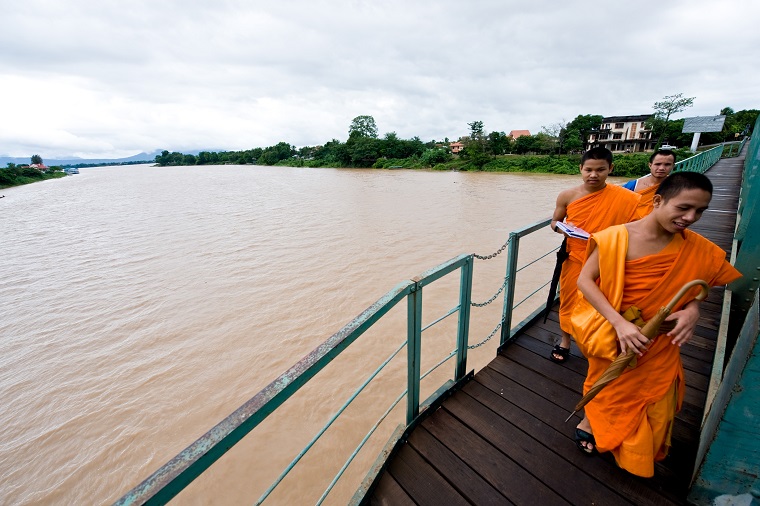Rethinking the Greater Mekong Subregion

The Greater Mekong Subregion Program, which was established in 1992 to bring together the countries surrounding the Mekong River, has played a vital role in promoting cooperation. Photo: ADB.
The Greater Mekong Subregion is more united than it has ever been, and is prospering. The GMS program has been instrumental in supporting this success, but leaders in the region are working to modernize it to keep the union strong.
The Greater Mekong Subregion Program, which was established in 1992 to bring together the countries surrounding the Mekong, has played a vital role in promoting cooperation. Now the program is looking at how it can continue to play a pivotal role and what is the most effective institutional structure for achieving this goal. Despite the impacts of two major financial and economic crises—the 1997/98 Asian financial crisis and the more recent global financial crisis— GMS countries have maintained robust economic growth. This is credited in part to their cooperation efforts under the GMS. The Greater Mekong Subregion was plagued by poverty in the early 1990s but in less than 3 decades, it has become a fast-growing area that is home to the second largest economy in the world, the People’s Republic of China, as well as rising middle-income countries such as Thailand and Viet Nam.
GMS output expanded from $21.08 trillion in 2010 to $2.97 trillion in 2015 and member economies have continued to grow at rapid rates over the last 5 years, averaging annual economic growth of 8.4%. One of the main reasons for this impressive economic growth has been the structural transformation of GMS countries, which have successfully moved from planned economies to some of the most dynamic export-led growth economies in the world.
Over the last 2 decades since the program was launched, political and socioeconomic conditions in the subregion have changed dramatically. While the pace of change was initially moderate, in recent years it has picked up considerably. Given the rapid opening up of Myanmar since 2011 and its establishment of a democratically elected government in 2016, this momentum is expected to continue.
As a result, leaders in the subregion have concluded that it is vitally important that the program and its institutional structure can respond to these changes and address new challenges. In February 2016, the GMS Senior Officials’ Meeting agreed to study the GMS program’s structure to assess the overall institutional architecture and identify practical measures for improvement. GMS ministers are considering increasing the focus on a simple, flexible approach to the program that is activities-based and results-oriented.
Ministers are also considering a greater emphasis on the critical role of the Senior Officials Meeting as the overall coordination mechanism under the GMS Program. This would encompass both the policy and operational aspects of GMS cooperation. A regular reporting mechanism in which the various sector-level working groups and forums can update the Senior Officials Meeting on new developments and progress is also being discussed. The Economic Corridors Forums and GMS Ministerial Conference are two high-level platforms of GMS cooperation, and consideration is underway for achieving greater synergy between the two.
Last Updated: 17 July 2017
